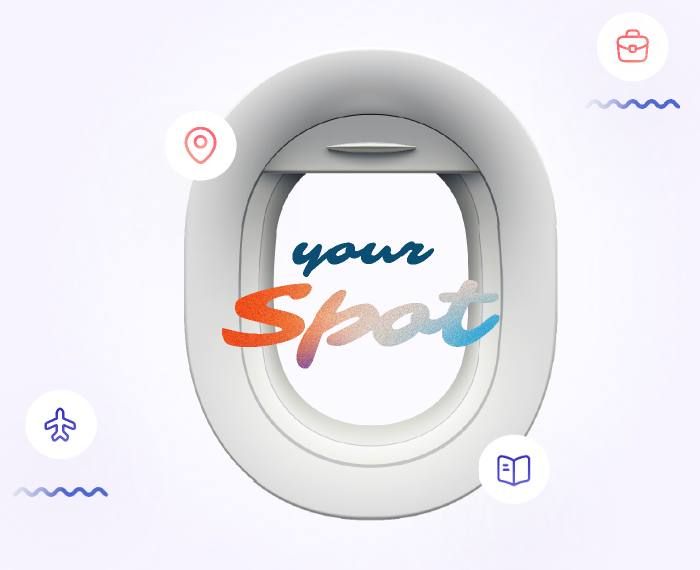


Canada is a top choice for students from around the world, not just because of its excellent schools, but also because it offers straightforward and welcoming paths to stay and build a future. For many students, studying in Canada is just the beginning. The ultimate goal is often to become a permanent resident and eventually a Canadian citizen. But how to transition from student to permanent resident in Canada? This guide walks you through everything you need to know about making that dream a reality.
Canada is the best destination for international students due to the combination of quality education, diversity in culture, and opportunities after study. The students are further offered a simplified pathway to permanent residency (PR). As a result, foreign graduates have an excellent chance when applying for PR programs after receiving enough work experience, education, and language skills during their studies.
The first step towards obtaining permanent residency has to involves selecting with choosing the right educational institution. You should study at a Designated Learning Institution (DLI) to be eligible for a post-graduation work permit (PGWP). A DLI is an educational institution that has permission from the provincial or territorial government to accept international students.
Before applying to a study program, check it against the DLI list on the official Immigration, Refugees and Citizenship Canada (IRCC) website. Additionally, confirm that the program qualifies for a PGWP, since that is not the case with all programs it may be open to.
After completing your program, post-graduate work permits allow you to work in Canada for a maximum of three years, depending on the duration of your study program. This type of work experience is a key requirement for almost every immigration opportunity, especially the Express Entry system and Provincial Nominee Programs (PNPs).
During this time, focus on getting skilled work (identified under NOC TEER 0, 1, 2, or 3) in your field. Employers tend to favour the combination of a Canadian education and work experience, which helps graduates find better jobs.
Language proficiency is a crucial requirement for many Canadian immigration pathways. It is typically demonstrated by taking an approved English or French language test, such as IELTS (General Training) or CELPIP for English.
Even if you have completed your entire education in English, you are still required to take one of these official language tests. Achieving a higher score can significantly improve your chances of qualifying for competitive immigration programs like Express Entry.
It is ideal to apply for permanent residency after studying and working in Canada. However, converting that student experience into a permanent resident will depend on the program in which the application is made. Here are some of the most common pathways for PR for students:
1.Canadian Experience Class (CEC) – Express Entry
This is one of the fastest and most sought-after ways for individuals who have worked in Canada for at least a year in skilled employment within three years. Most international graduates working in Canada on a PGWP would take this path.
2. Federal Skilled Worker Program (FSWP) – Express Entry
If you happen to get your experience abroad and have the eligibility criteria, including language skills, education, and work experience, this program is also an option.
3. Provincial Nominee Programs (PNPs)
Each Canadian province has its own immigration system tailored to specific groups such as students, workers, and professionals. Some provinces offer dedicated streams for international graduates who have studied and are working within that province. For example, the BC PNP International Graduate stream and Ontario’s Master’s Graduate Stream.
4. Quebec Immigration Options (PEQ)
If you studied in Quebec, you may, under different principles from the federal programs, be eligible under the Quebec Experience Program (PEQ). However, as of June 5, 2025, applications under the Temporary Foreign Workers stream of the PEQ will no longer be accepted, and the suspension of applications under the Quebec Graduate stream, which has been in effect since October 31, 2024, has also been extended until November 30, 2025.
Once you meet the eligibility requirements, a profile must be created in Express Entry. After this, a Comprehensive Ranking System (CRS) score will be allotted to you based on your age, education, work experience, and language proficiency scores. The higher the score, the better the chance of receiving an Invitation to Apply (ITA) for PR.
You can improve your CRS ranking by:
After receiving an Invitation to Apply (ITA), the application forms must be submitted within 60 days. All documents, such as certificates of qualification, experience letters, language test results, and police clearance certificates, must be up-to-date and accurate. IRCC will then take over the processing of the application. The processing time may vary, but most Express Entry applications are completed within six months. Additional time may be required if there are any deficiencies in the application, if further documents are requested, or if background checks take longer.
During this entire period, you must still work and remain in Canada under a valid permit. After approval of his/her application for the PR, an applicant will receive a COPR, along with a permanent resident visa (if required). After this, you officially become a permanent resident.
Navigating the Canadian immigration system can be overwhelming, especially when you're transitioning from an international student to a permanent resident. That’s where ImmiLaw Global comes in. Our team of licensed immigration consultants offers personalized guidance at every stage, from choosing the right PR stream to helping you prepare your application and supporting documents. With in-depth knowledge of IRCC procedures and provincial nominee requirements, we ensure your application is as strong as possible. Let us help you turn your Canadian education into a permanent future.
Feel free to contact us for your queries.
Read to know: Top 9 Reasons for Canada Student Visa Rejection in 2025